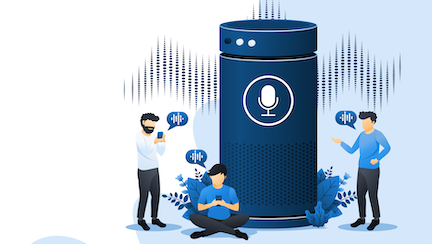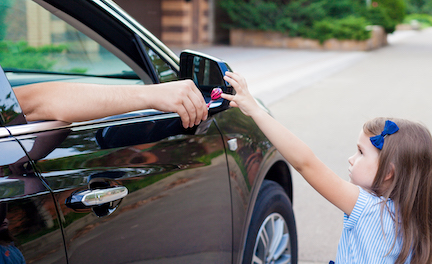
Businesses have a plan for essential workers. Automate the essential part.
What is essential?
By definition, something that’s essential is something that is absolutely necessary or extremely important. But when we talk about “essential workers” we may be making a perceptual mistake – especially in terms of how businesses think.
When we call people like delivery people, doctors, nurses, grocery workers, meat producers vital, are we really referring to the person as essential or is the service they are providing essential?
What these workers are doing is extremely valuable to the consuming public and we must honor (and tip well for) the workers putting themselves at great danger to do it.
However, look closer with business logic and we can argue that they are currently considered valuable because right now, in our current urgent situation, it’s critical that a person be involved in delivering those services and goods. That can change.
Essential services, meet automation.
In my years as a content designer, I spent years helping to design experiences around automated and smart products for different companies. That include IoT (Internet of Things) and voice assistants.
Their use and adoption has been consistently growing quietly in the background. While the public may think of robots and automated devices as cute things to do small tasks and cute tricks, thanks to the pandemic, their time may now be upon us.
Essential services will be automated.
What would essential services be like during the pandemic if they were automated? If you are not thinking about it, you can be pretty darn sure businesses and industries are – for risk mitigation reasons alone. For more check out this article about why IoT is the future of business.
What essential services can be automated?
Anything that has routine.
The cashier. The delivery service. The person taking your order. Truck driving. Any job or service that has a set of group variables (do you want beef, chicken, hair spray?) and fairly set processes (order X, pay Y, deliver to Z location).
Here’s a bigger list of what is subject to automation.
With that in mind, imagine if this pandemic hit and you could simply enter or speak your order to a robot or virtual assistant. Then it just shows up at your house.
No imagination is necessary.
Amazon’s ability to do that in the current crisis is behind its growth this quarter. Well, almost, save the average person’s reluctance to start orders through Alexa. Then again, two months ago, most people over 35 and not in a city didn’t use Instacart. Now there’s that people are moving to apps that deliver essential services.
55% of the public has now purchased groceries online. Up from the around 32% last year. 500,000 contract workers now pick grocery items in-store to support customer fulfillment. An essential part of the customer experience that’s ripe for future automation.
Now according to research from Apptopia, Instacart, Walmart Grocery, Shipt, and Target represented an increase of 218%, 160%, 124%, and 98%, respectively, over the average number of daily downloads in February alone.
Things can change fast.
Amazon also benefits from automation on the fulfillment side. The company is already known for its increasingly automated warehouses. Machine workers able to mitigate operational and supply chain risk in the age of COVID-19. A robotic order picker isn’t vulnerable to viruses made of DNA.
And companies are experimenting with automated delivery robots. Like the robots from Starship Technologies that could replace the part where humans are essential, getting food and services to the last mile.
Business can’t help but take note of the value of automating essential services.
The argument against full automation of essential services would be that a machine-driven process wouldn’t have the human touch.
No argument there. But for companies who are more worried about keeping the lights on, that won’t be the priority right now.
Only the most commoditized or short-sighted business would be foolish not to think about keeping a human experience around their product. Brand and competitive advantage would suffer. This means we don’t have to think about enacting automation for customer experiences in extremes. It’s possible to have humans with AI as the fail-safe if a future pandemic occurs. In fact, here’s some cautionary voices asking to use reason in automation of functions and essential services.
Automation may need to be balanced. But it will certainly be inevitable. As Bob Dylan sang, “a change is gonna come.”
What do you think?






























